Execs at Global Industrial Space REIT Acknowledge Playing Defense in Some Markets Even as 27% U.S. Rent Growth Suggest Industrial Real Estate’s Market Run is Far from Over
Prologis (NYSE: PLD), the largest global industrial property REIT, reported record rent gains and leasing activity across its portfolio in the first quarter as a deceleration of the company’s development activities helped drive demand for its big-box warehouse and distribution buildings in the tightening U.S. industrial market.
Prologis reported rent gains for lease renewals of a stronger-than-expected average of 20%, and an even stronger 27% in the U.S. The occupancy rate in Prologis’s portfolio exceeded 96% on record-strong first-quarter global leasing of 46 million square feet.
“At this point in the cycle, we’re pushing rent growth over occupancy,” said Prologis Chairman and CEO Hamid Moghadam. “The key drivers of our business, consumption and e-commerce, continue to grow faster than the underlying economy. We have every reason to expect these trends to continue into the future.”
Global demand for warehouse property has remained solid and construction of new supply very disciplined for several years, particularly in the U.S., where quality bulk industrial space is increasingly scarce, although a large amount of new space is under construction.
“While we anticipate supply/demand reaching equilibrium this year, we see few obstacles on the road ahead that could disrupt that balance,” Moghadam added.
Preliminary data for the quarter from CoStar Portfolio Strategy back up Moghadam’s bullish view of the U.S. industrial property market. Industrial space absorption totaled 43.4 million square feet in the first quarter, in line with the 42.6 million square feet absorbed during the same quarter last year, according to CoStar Senior Real Estate Economist Shaw Lupton.
Lupton noted that construction of new logistics buildings matched absorption nearly one for one, keeping vacancy flat. Many major markets, however, are beginning to see construction outpace absorption, particularly in Houston, Atlanta and Los Angeles.
“With vacancies lower than their lowest point in the last cycle, industrial rents continue to soar, besting apartment, office, and retail with year-over-year gains of 6.1% and 6.5% for logistics and light industrial, respectively,” Lupton said. “From a fundamentals standpoint, the climate remains as good as it gets for industrial owners, while tempered by the rising threat of competitive supply.”
PLD posted a large revenue gain during the quarter although total net income dropped from a year earlier. Prologis said it plans to boost property sales to capitalize on the strong investment sales market.
Prologis continues to self-fund its development and other operations and has assimilated its $5.9 billion acquisition of KTR Capital Partners, announced a year ago this week. Chief Financial Officer Tom Olinger said the $400 million term loan for the acquisition was paid in full and ahead of schedule.
The prospect of rising vacancy from warehouse construction has worried some analysts, and Prologis expects new development starts to be “the same or a little bit more” than last year, while downplaying concerns about overbuilding. The REIT plans to reduce the value of its land holdings to below $1 billion, Moghadam said, noting that while values of good developable land have gone up along with rents as a general trend, prices have moderated from a year or two ago.
“It’s very hard to find good land in the right markets, entitlement costs are going up, infrastructure costs are going up and communities are getting tougher on land,” he said.
Prologis executives called out Houston and Pennsylvania as two markets they’re concerned about due to high construction and declining occupancies, due to Houston’s well-publicized energy-related slow down, and a tailing off of demand in Pennsylvania’s construction booming industrial markets.
PLD, formed through a 2011 merger between Prologis and AMB Property Corp., the two largest publicly traded industrial property owners and developers, remains in a defense stance in Houston, where 8 million square feet is under construction — though executives noted relatively solid fundamentals and a strong 96% occupancy rate with a 50% preleasing within the company’s development pipeline.
“Houston isn’t creating a lot of jobs but it’s net positive, not negative at this point in time. Probably, we’re a little more cautious in terms of Pennsylvania at this point in time,” Moghadam said.
By Randyl Drummer
